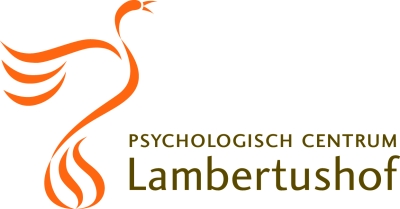Follow the Dot to Beat your Anxiety
Scientific problem
Around 30% of trauma-exposed children and adolescents develop post-traumatic stress symptoms. A frequently used therapy to reduce acute and long-term effects of trauma exposure is Eye Movement Desensitisation and Reprocessing (EMDR). While EMDR is effective, children and adolescents often experience symptom recurrence when exposed to the feared situation outside the therapeutic context.
Proposed solution
In collaboration with Psylaris (a developer of innovative mental health apllications) and several hospitals and psychology practices, we will examine whether incorporating Virtual Reality (VR) into EMDR therapy for children and adolescents with post-traumatic stress symptoms can promote self-care within the family context and thus reduce symptom recurrence.
Method & design
A randomized controlled trial in children and adolescents (aged 8-17 years) with post-traumatic stress symptoms was set up with two conditions: EMDR-TAU (Treatment as Usual) and VR-based EMDR aimed at phases concerning desensitization of the traumatic event were applied by certified EMDR-therapists in the therapeutic context, while the installation of positive cognitions is intensified by VR-EMDR practice at home. Via questionnaires administered repeatedly via e.g., Experience Sampling Methodology before and during intervention, the effectiveness of this procedure was scrutinized.
Anticipated outcomes and impact
VR-based EMDR was expected to stimulate self-care in the family setting and to reduce symptom recurrence, whilst also enhancing patient satisfaction and improving their overall quality of life. A reduction in symptom recurrence will lead to a decreased need for specialized mental health car resulting in shorter waiting lists, and ultimately to a reduction in healthcare costs.
Results
Study preparation was successful and all milestones were met initially. This included the technical development and testing of the VR-based EMDR tool, obtaining ethical approval from the METC Brabant and successful trial registration, incorporating the test protocol within clinicians routine practice at all involved hospitals and mental health clinics, and the ESM app having been tested in a pilot study. However, due to the COVID-19 pandemic – which brought about a renewed priorization in the patient care, the start of the data collection was postponed to early 2022. Despite many efforts and employing several mitigation strategies by the research team, ultimately only 4 patients were included. Next, based on the development (in association with Health Innovation Netherlands) of an innovation guide to bring VR-based EMDR successfully to the market, the research team explored whether the VR-based EMDR as a standalone (called “FutureMe”) would be a feasible alternative research project to collectively engage in (at the expense of the RCT). Unfortunately, most of the institutions were not convinced that the new design would guarantee sufficient inclusions. Ultimately, the only option left for the project group of TiU was to, in consultation with Health Holland, decide to terminate the Follow-the-Dot project.










